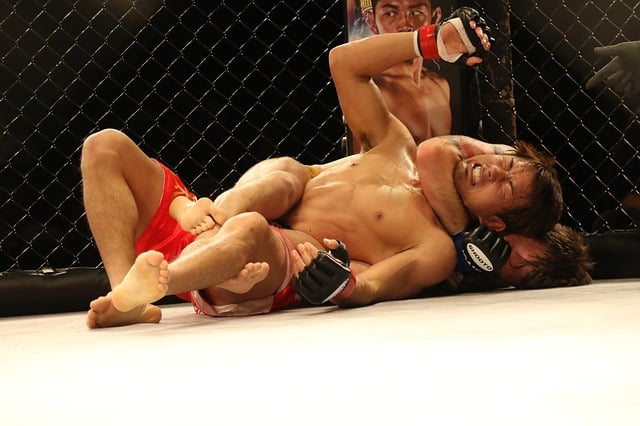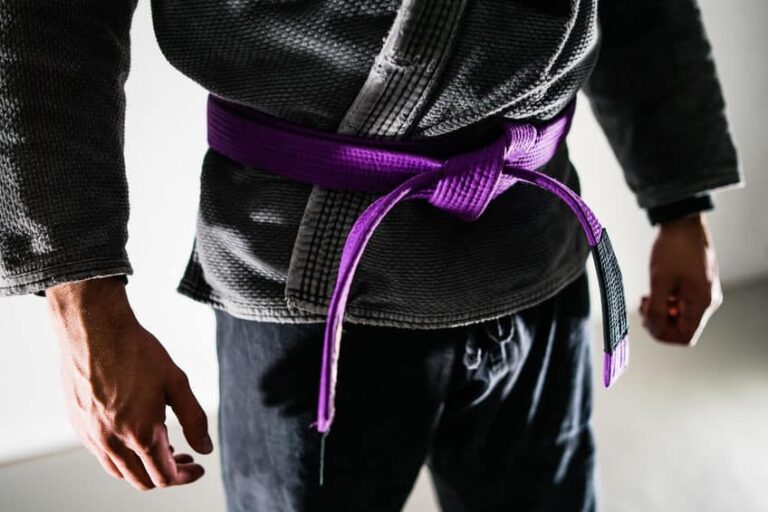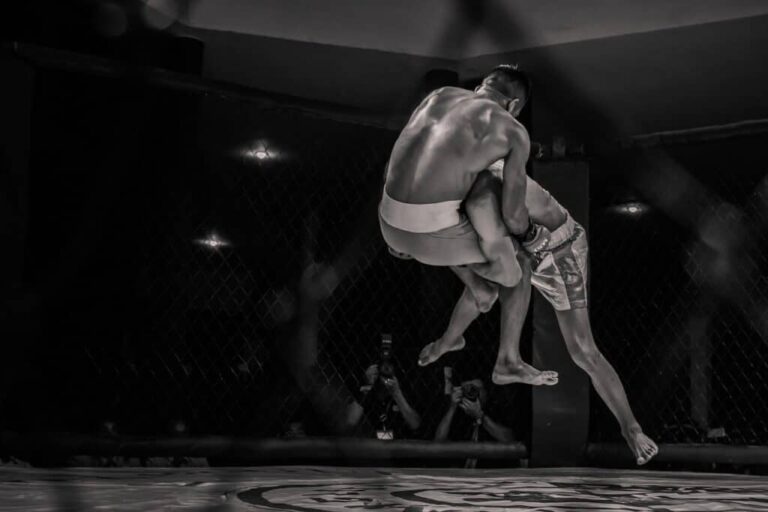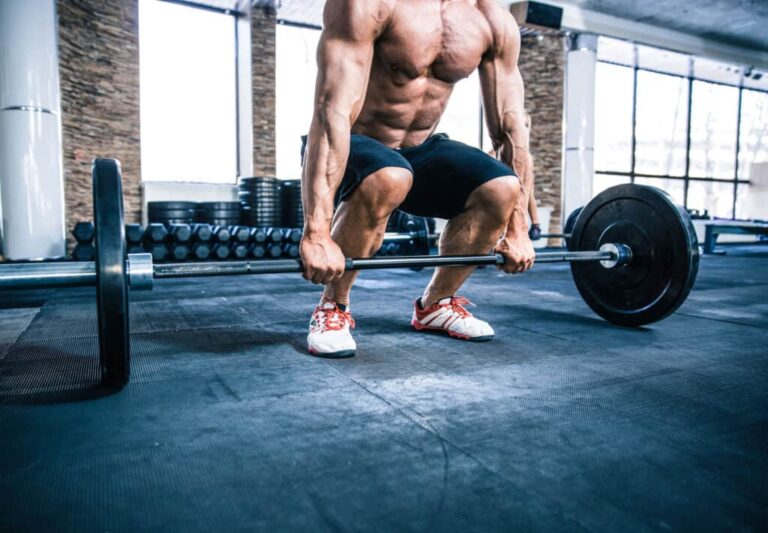Is BJJ Bad For Your Joints? ( and 7 Things To Do To Protect Them )
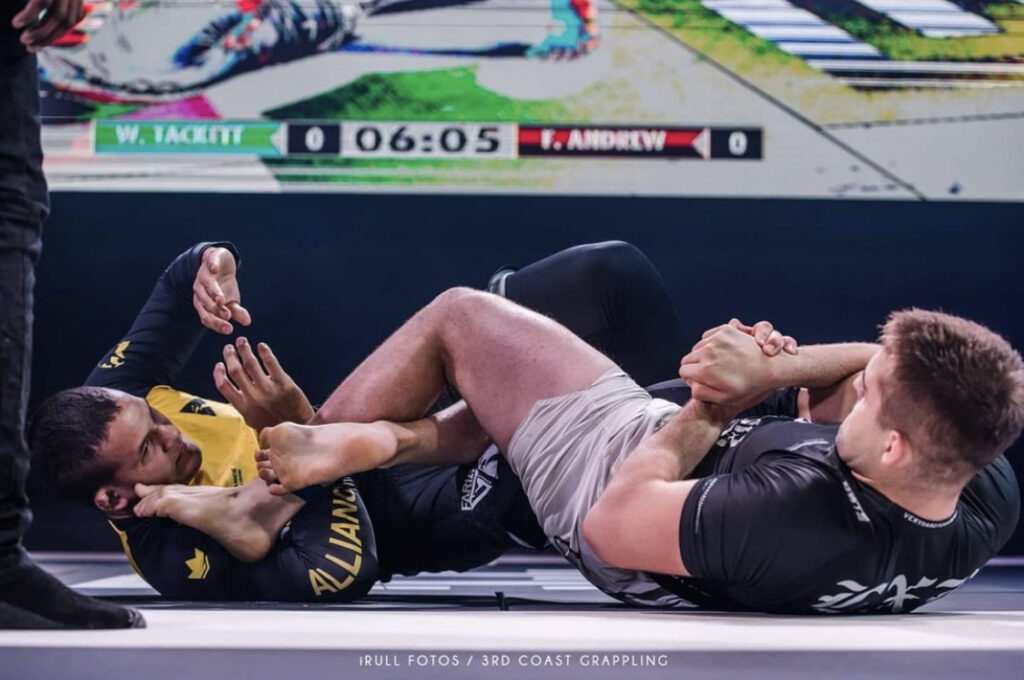
One of the biggest issues that prevent many people from starting jiu-jitsu is the fear that BJJ is bad for your joints. This is completely understandable, after all why learn how to protect yourself if you are just going to mess up your joints in the process? Is BJJ actually bad for your joints?
BJJ is pretty hard on your joints. That said, many of the common joint issues and joint injuries in BJJ can be avoided or greatly reduced. Most joint issues from BJJ are from joint locks and finger damage.
Of course, there are many other ways in which you could injure a joint in BJJ. That said, there are some things you can do to help prevent these injures when rolling and competing in Brazilian jiu-jitsu.
Why Jiu-Jitsu Is Bad For Your Joints
The most obvious reason BJJ is bad for your joints is that some of the most common BJJ submissions are joint locks. A good example of this would be the armbar. According to one study, the armbar is the number one cause of joint injury in BJJ competitions.
That said, it should not be too big of a surprise that engaging in a martial art that utilizes joint locks might result in some damage to your joints. Thankfully, there are certain things that you can do to make joint injuries less likely for you to experience.
The Main Causes Of Joint Problems In BJJ
Some of the joint damage from BJJ is from a slow process of putting your joints through certain positions over a long period. Think about this as slow and steady damage to your joints. Other times joint damage can come all at once. A good example would be when someone puts you into an armbar and cranks your elbow joint.
This could be because you refused to tap or perhaps you had an overly aggressive training partner. If you refused to tap then the simple solution to your BJJ joint problems might be to drop your ego and just tap.
This can be hard for many very competitive people. I can completely understand this but tapping out to that white belt who somehow got you into an armbar is better than damaging your joints. Refusing to tap could cause you to not be able to roll for some time or even have lasting joint damage.
Of course, I understand that some people are going to refuse to tap in a BJJ competition if they think they have a chance of getting through the submission.
I still would recommend avoiding doing this even if it is a very important competition. Personally, I would rather be able to do BJJ for the rest of my life than win a competition.
BJJ and Arthritis Of The Finger Joints
Probably the most common joint problems for people who practice jiu-jitsu face are finger joint pain and arthritis. Though many people who practice BJJ do not develop arthritis, it is still relatively common compared to many other sports.
That said, most people who practice BJJ for a long period will experience some level of finger joint pain.
This is mostly caused by the constant gripping of the BJJ gi. When rolling jiu-jitsu players will grab each other’s gis to either hold them, choke them, pull them, or throw them. On top of that, once you grab your opponent’s gi they are trying their hardest to rip your grips off of their gi.
This can accumulate into some serious finger joint pain and even arthritis. This is simply caused by the constant wear and tear on your fingers over a long period. Thankfully, there are some things you can do to reduce the likely hood of developing joint problems in your fingers from BJJ.
How To Help Prevent Joint Issues In Jiu-Jitsu
There are many things you can do to reduce the likely hood of joint problems in BJJ. That said, if you choose to practice BJJ there is certainly going to be a chance of injury.
Joint injuries are simply one of many injuries common in BJJ. Though these tips might help, you are taking a risk to your joints by participating in BJJ.
7 Tips To Help Protect Your Joints In BJJ
The first thing to talk about is protecting your major joints in BJJ. Or perhaps I should say your bigger joints such as your elbow, shoulder, and knee joint. Here are my top tips for protecting these joints in BJJ.
1. Tap Early
The absolute best thing you can do to help prevent major joint injuries is to tap early. I understand that some of you might not want to tap before you absolutely must in a BJJ competition, but please at least tap early when rolling.
If someone has you in a joint lock let them have the submission and move on. In 20 years your joints will thank you.
2. Roll Lightly At Times
Roll lightly from time to time. Not every round of rolling has to be all out to the limit. Try flow rolling at least on some days. Especially if you already have an inflamed joint.
I understand that to get ready for a competition there will be times that you need to roll hard but it does not need to be every session.
3. Avoid Aggressive Training Partners:
Every gym has that guy that no one wants to roll with. You know the guy that has somehow accidentally injured half the students at your school. The kind of person that gets you in an armbar and starts cranking before you get a chance to tap.
Well, it is best to avoid this person at all costs. If they ask you to roll just kindly say you are going to sit this one out. Or if you have to, you might even tell them that they roll too hard and you don’t want to get injured. Heck, there might even be a chance they didn’t realize what a spaz they were.
4. Warm-Up Your Joints Before Training
If you are worried about joint problems in BJJ then you should never skip a warm-up. If you have joint issues already you might need to warm up more than other students in the class. You might try and warm up before heading out or get to the mats early. If you are going to do rounds of rolling you might find a partner who is down to do a warm-up round with you.
5. Lift Weights To Strengthen Your Joints
Getting the muscles around your joints stronger can help protect your joints in the long run. Consider taking part in a safe strength training program.
You especially want to focus on movements that can build strength around your joints.
6. Do Mobility Work
In addition to your strength training add some daily mobility work into your training sessions. You want to keep your body mobile to avoid injuries.
That said, believe it or not, some people incur injuries from being overly flexible. This is why it is important to build strength along with your flexibility.
Protecting Your Fingers In BJJ
Protecting your fingers in BJJ is another topic. Though you could injure a finger joint during a rolling session, what I am talking about here is the wear and tear on the finger joints that happen over time in BJJ. These are my top tips for avoiding these issues.
- Do More No-Gi Jiu-Jitsu: Most of the issues associated with finger pain and arthritis in BJJ are because of gi grips. No-gi BJJ is much easier on your fingers because grips on clothing are not allowed. Consider switching training no-gi more often to give your fingers a break. If it is a major problem you might even want to train no-gi exclusively or most days you train.
- Wear Finger Tape: Taping your fingers in BJJ is one of the most common things people do to try and help protect their fingers. Taping your fingers can give your finger joints a bit of extra support.
- Do Less Gripping: Some people’s BJJ game requires a lot more gripping than others. If you still want to train in the gi more often I would suggest developing a game that requires fewer grips.
Supplements For Joint Protection
Another thing you might consider is taking extra supplements for joint support. The only issue here is that it can be costly and some supplements work better than others. My top supplement for BJJ players would include:
- Fish Oil
- Glucosamine Chondroitin
- MSM
- Curcumin
